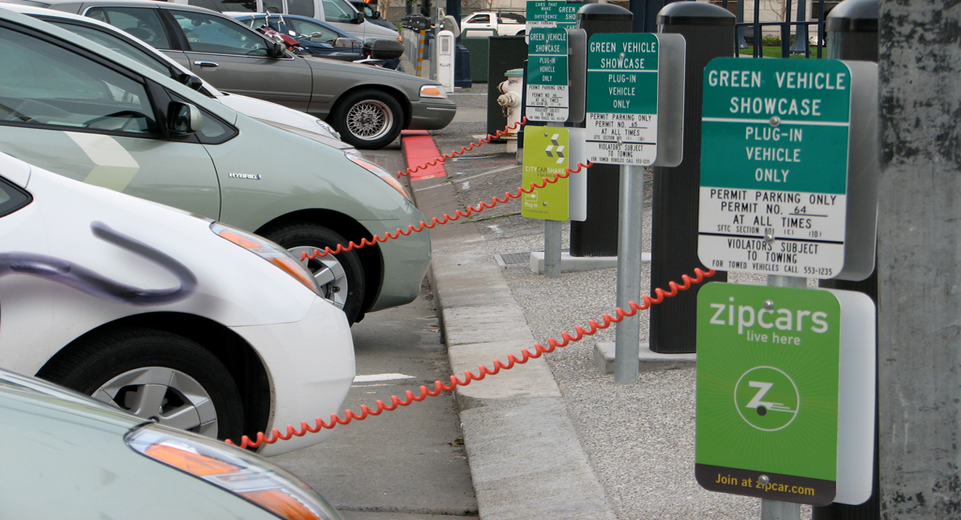This is a good time to be in the business of selling electric vehicles.
Once moribund, sales of electric cars have more than doubled in the U.S. during the first six months of 2013 compared to the same time period in 2012. Americans have purchased 41,447 of plug-in electric vehicles since January. Thirty-six percent of all the electric cars on the road today have been bought in the previous six months.
The sales figures mark a bold turnaround. It was only February when President Obama backtracked from a stated goal of putting more than 1 million electric cars on the road by 2015. While the recent sales surge won’t revive those early hopes — EV sales still represent only 1.23 percent of the total market — they are a firm sign of encouragement.
“It highlights the fact you can’t look at one month or two months of data,” said Patrick Davis, director of the vehicletechnology office at the Department of Energy.
“It’s the nature of the vehicle market for growth to initially seem slow,” he said. “As a matter of fact, through the years, when you look at the introduction of new technologies, whether it’s front-wheel drive or airbags or whatever, it happens slow at first and then sort of takes off. Growth happens very quickly.”
In some areas of the country, the Nissan Leaf electric vehicle is selling so well that dealerships are running out of inventory.
The automaker reported sales of 2,225 Leafs in June, more than quadruple the 535 sold in the same month one year ago. Through the first half of 2013, sales of the Leaf have jumped 214.6 percent.
The once-beleaguered Chevy Volt is selling even better. General Motors sold 2,698 Volts in June, an increase of 59.2 percent compared to the same month on year prior.
The growth is being driven by changes in both the automotive and consumer camps. Manufacturers have rolled out four new models of plug-in electric vehicles since last year, upping the total available to 13 models. Consumers are gaining a better understanding -– and appreciation -– of the way electric cars perform. And prices are declining. Nissan, for example, trimmed the Leaf’s price by $6,000 earlier this year. Davis said the costs of the battery technology that powers these cars has declined by 50 percent over the past four years and expects a further drop.
While there have been well-documented concerns about the slow growth in electric vehicle sales, EVs have actually been adopted by consumers faster than hybrid cars were a decade ago.
In the first 30 months after the Toyota Prius debuted in 1999, cumulative hybrid sales were approximately 50,000 units, according to an analysis done by Argonne National Lab. In the first 30 months since plug-in electrics were released in December 2010, cumulative sales have been approximately 112,724.
Stubbornly high gas prices have also contributed to the increase. Although many oil industry experts predicted lower prices at the pump this summer, the national average remains $3.67 per gallon Monday, according toAAA’s daily fuel gauge report.
Earlier this year, the DOE unveiled the eGallon, a tool consumers can use to compare the cost of fueling a vehicle with electricity to the cost of fueling one with conventional gasoline. Rates vary by region because of the different prices utility companies charge, but the national average price for an e-gallon is $1.18.
“Consumers have a visceral connection to the price of gasoline,” Davis said. “They are very sensitive and highly aware of it. Yet there was no similar metric that could help them appreciate the difference with an electric vehicle, and the eGallon does help consumers who are interested, because in the decision process they have that comparative tool.”



